Showing all 10 results
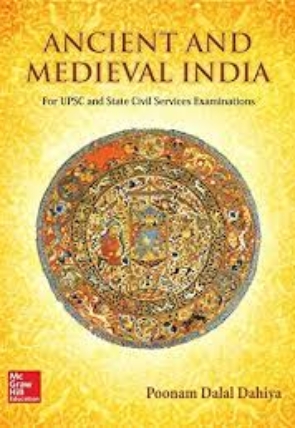
ANCIENT AND MEDIEVAL INDIA
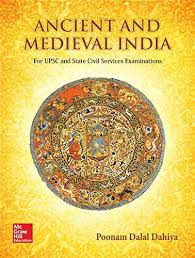
Only registered users can download this book.
Please Login/Register first.
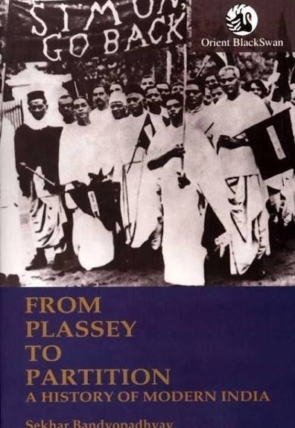
FROM PLASSEY TO PARTITION : A HISTORY OF MODERN INDIA 2021 EDITION FREE BOOK PDF
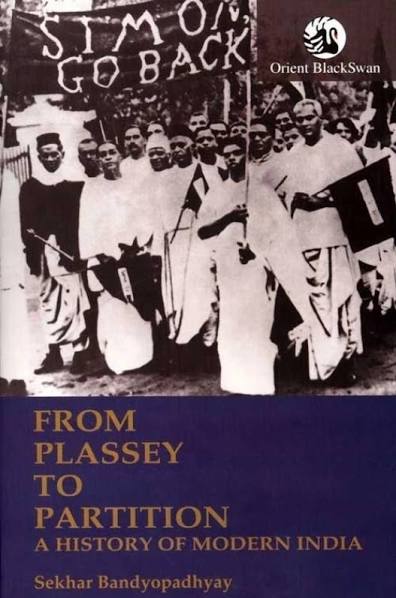
FROM PLASSEY TO PARTITION : A HISTORY OF MODERN INDIA FREE BOOK PDF
FROM PLASSEY TO PARTITION : A HISTORY OF MODERN INDIA FREE BOOK DESCRIPTION :-
From Plassey to Partition is an eminently readable account of the emergence of India as a nation. It covers about two hundred years of political and socio-economic turbulence. Of particular interest to the contemporary reader will be sections such as Early Nationalism: Discontent and Dissension , Many Voices of a Nation and Freedom with Partition . On the one hand, it converses with students of Indian history and on the other, it engages general and curious readers. Few books on this crucial period of history have captured the rhythms of India s polyphonic nationalism as From Plassey to Partition.
This book is now regarded as a major intervention in the historiography of modern India, and an authoritative account of the largest anti-imperialist movement in the world.
It traces India s colonial encounter, her nationalist longings, and her emergence as a sovereign, democratic republic, along with radical social transformations over two centuries.
And this enlarged edition offers a perceptive analysis of India s efforts towards modernisation and democratisation since Independence.
The book addresses important historiographical questions by taking cognisance of emergent perspectives adopted by social science scholarship over the last twenty-five years.
The book engages in debates on issues like political economy in eighteenth-century India, socio-religious reform and the nationalist movement.
It offers a detailed study and analysis of the freedom struggle through its Moderate, Extremist and Gandhian phases, and events like the Swadeshi, Khilafat Non-Cooperation, Civil Disobedience and Quit India Movements.
There is a focus on other strands of the nationalist movement from the revolutionary to socialist and other leftist groups, and the role of women and its various ideological contestations.
The newly added concluding chapter links contemporary debates about Indian nationhood with changes in society, economy and polity, from the years of state-directed planning under a one-party system to the emergence of a market economy in an era of predominantly coalition governments.
“synopsis” may belong to another edition of this title.
This book is now regarded as a major intervention in the historiography of modern India, and an authoritative account of the largest anti-imperialist movement in the world.
It traces India s colonial encounter, her nationalist longings, and her emergence as a sovereign, democratic republic, along with radical social transformations over two centuries.
And this enlarged edition offers a perceptive analysis of India s efforts towards modernisation and democratisation since Independence.
The book addresses important historiographical questions by taking cognisance of emergent perspectives adopted by social science scholarship over the last twenty-five years.
The book engages in debates on issues like political economy in eighteenth-century India, socio-religious reform and the nationalist movement.
It offers a detailed study and analysis of the freedom struggle through its Moderate, Extremist and Gandhian phases, and events like the Swadeshi, Khilafat Non-Cooperation, Civil Disobedience and Quit India Movements.
There is a focus on other strands of the nationalist movement from the revolutionary to socialist and other leftist groups, and the role of women and its various ideological contestations.
The newly added concluding chapter links contemporary debates about Indian nationhood with changes in society, economy and polity, from the years of state-directed planning under a one-party system to the emergence of a market economy in an era of predominantly coalition governments.
“synopsis” may belong to another edition of this title.
More than a survey, and much more than a thematically arranged narrative, From Plassey To Partition is an eminently readable account of the emergence of India as a nation. It maps a wide and often complicated terrain of historical happenings, their main players in groups and as individuals, and contexts that enable us to see the formation of a nation through documents of resistance and struggle, assimilation and rejection.
Only registered users can download this book.
Please Login/Register first.
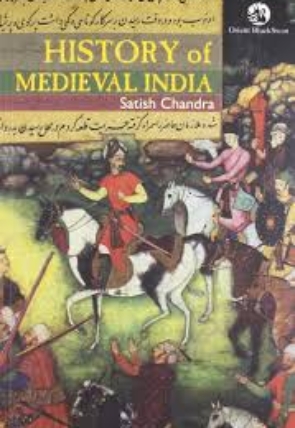
HISTORY OF MEDIEVAL INDIA 2021 EDITION FREE BOOK PDF

HISTORY OF MEDIEVAL INDIA FREE BOOK PDF
HISTORY OF MEDIEVAL INDIA FREE BOOK DESCRIPTION :-
Satish Chandra’s History of Medieval India is a comprehensive overview of the history of the Indian subcontinent during the thousand-year period between the eighth and the eighteenth century. History of Medieval India studies this interesting period in Indian history when the land underwent drastic changes, deeply influenced by the invading armies, religious movements and the vicissitudes of the changing political, economic and cultural scene. To tell the history of a land spanning the geographical dimensions and the political divisions of the Indian subcontinent is in itself a formidable task. Satish Chandra executes this difficult mission with the eye of an enquirer and the pen of a scholar. Both students and interested readers are sure to find this volume, dealing with the histories of the Cholas, Rajputs, the invading Turks, Vijayanagara kings, Bahmanids, Mughals, Marathas and others, an essential reader for understanding the history of medieval India.
- Publisher : Orient Blackswan Private Limited (27 August 2018)
- Language : English
- File size : 8452 KB
- Text-to-Speech : Enabled
- Enhanced typesetting : Enabled
- X-Ray : Not Enabled
- Word Wise : Enabled
- Print length : 376 pages
About the Author
One definition includes the period from the 6th century, the “first half of the 7th century”, or the 8th century up to the 16th century, essentially coinciding with the Middle Ages of Europe. It may be divided into two periods: The ‘early medieval period’ which lasted from the 6th to the 13th century and the ‘late medieval period’ which lasted from the 13th to the 16th century, ending with the start of the Mughal Empire in 1526. The Mughal era, from the 16th century to the 18th century, is often referred to as the early modern period, but is sometimes also included in the ‘late medieval’ period.
An alternative definition, often seen in those more recent authors who still use the term at all, brings the start of the medieval times forward, either to about 1000 CE, or to the 12th century. The end may be pushed back to the 18th century, Hence, this period can be effectively considered as the beginning of Muslim domination to British India. Or the “early medieval” period as beginning in the 8th century, and ending with the 11th century.
The use of “medieval” at all as a term for periods in Indian history has often been objected to, and is probably becoming more rare (there is a similar discussion in terms of the history of China). It is argued that neither the start nor the end of the period really mark fundamental changes in Indian history, comparable to the European equivalents. Burton Stein still used the concept in his A History of India (1998, referring to the period from the Guptas to the Mughals), but most recent authors using it are Indian. Understandably, they often specify the period they cover within their titles.
Only registered users can download this book.
Please Login/Register first.
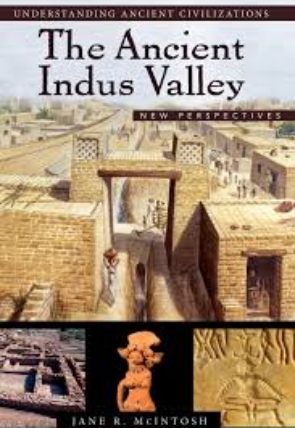
THE ANCIENT INDUS VALLEY

Only registered users can download this book.
Please Login/Register first.
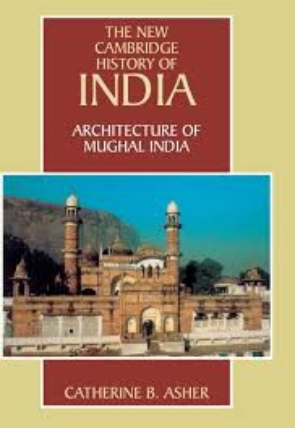
THE ARCHITECTURE OF MUGHAL INDIA

Only registered users can download this book.
Please Login/Register first.
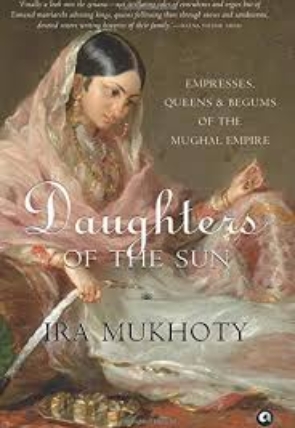
THE DAUGHTERS OF THE SUN

Only registered users can download this book.
Please Login/Register first.

THE INDUS : LOST CIVILIZATIONS

Only registered users can download this book.
Please Login/Register first.

THE INDUS CIVILIZATION : A CONTEMPORARY PERSPECTIVE

Only registered users can download this book.
Please Login/Register first.
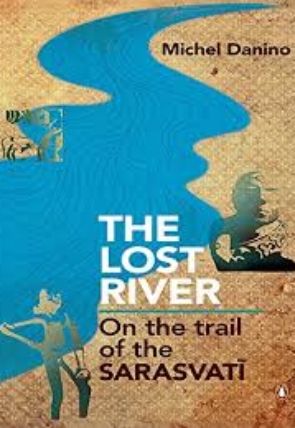
THE LOST RIVER : ON THE TRAILS OF RIVER SARASWATI

Only registered users can download this book.
Please Login/Register first.
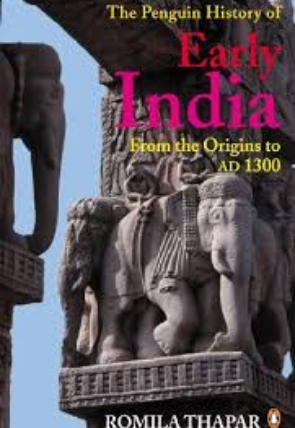
THE PENGUIN HISTORY OF EARLY INDIA
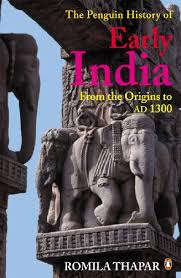
Only registered users can download this book.
Please Login/Register first.